Description
The art of jewelry has influenced many cultures. Traditionally, jewelry displays distinctive character, presents intense artistic images, and carries rich cultural assets through plasticity and expression. The language of jewelry is fairly complex and hard to interpret. Just like popular ancient languages that dominated in certain historic periods, such as Aramaic, Hebrew, Persian, Greek and Latin, the language of jewelry and the jewelry items themselves have changed and developed in time, according to laws and customs of historical development.
Stylistic evolution from the Early Oriental to the Hellenistic-Romanian trends served as a basis for the stylistic changes in the art of jewelry making. Aside from its external beauty properties, every jewelry object has a second, internal life triggered by its semantic significance and perceived through one’s mind, intuition or aesthetic sense. Every artifact serves as a symbol of information. Apotropaic emblems, borrowed from everyday life, epos, or myths, and used in the art of jewelry making, carried a certain magical connotation. The popularity of a particular mythological plot line was connected to the very zeitgeist of the given time period, since the jewelry maker lived through it and tended to be deeply involved in contemporary events. The art reflected the master’s interests in what was currently happening within society.
Through the evolution of jewelry items it is possible to trace not only the historical and cultural situation, but also the economical, political and social sides of ancient civilizations,
as well as the symbolism and semantics of the art produced. The ancient masters employed various techniques, including casting, granulation, filigree, and inlay, among others. Certain items of jewelry serve as a testament to the advanced artistic skills of the jewelers. Among precious and semi-precious stones used by jewelers in the ancient world the most popular were garnets, rubies, cornelian stones, pearls and emeralds.


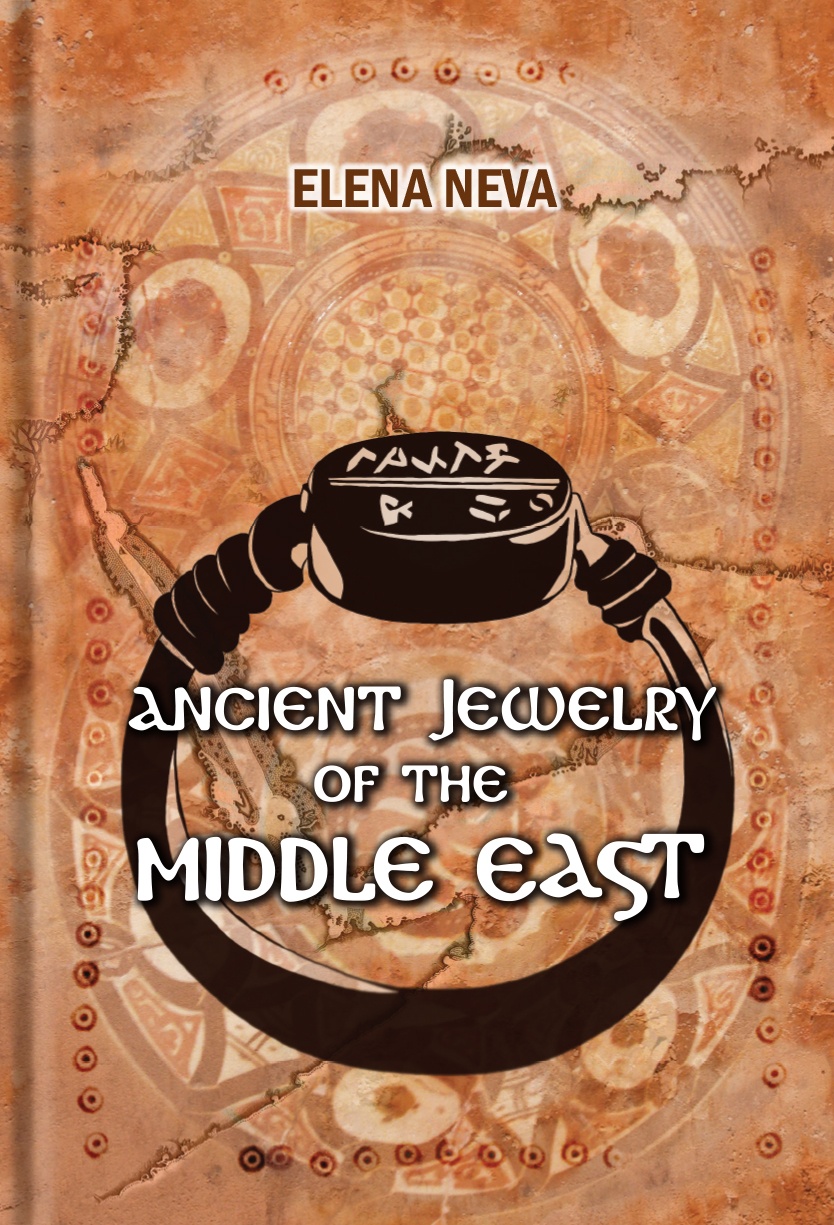

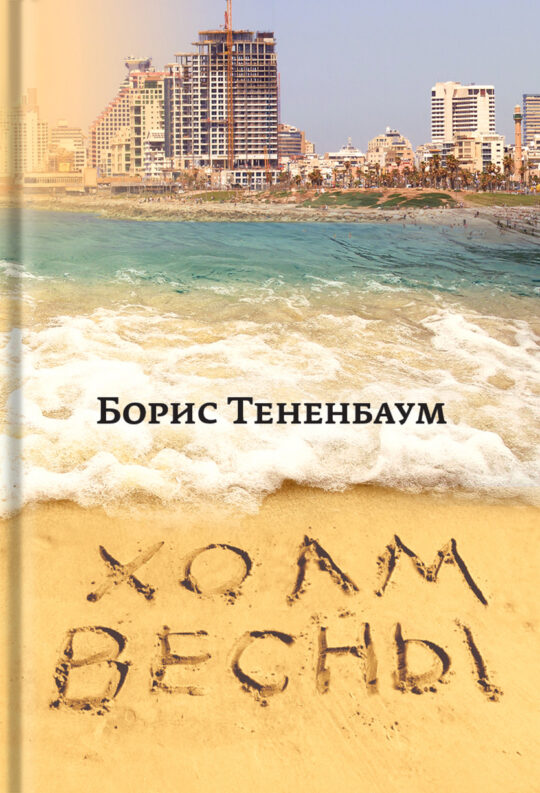
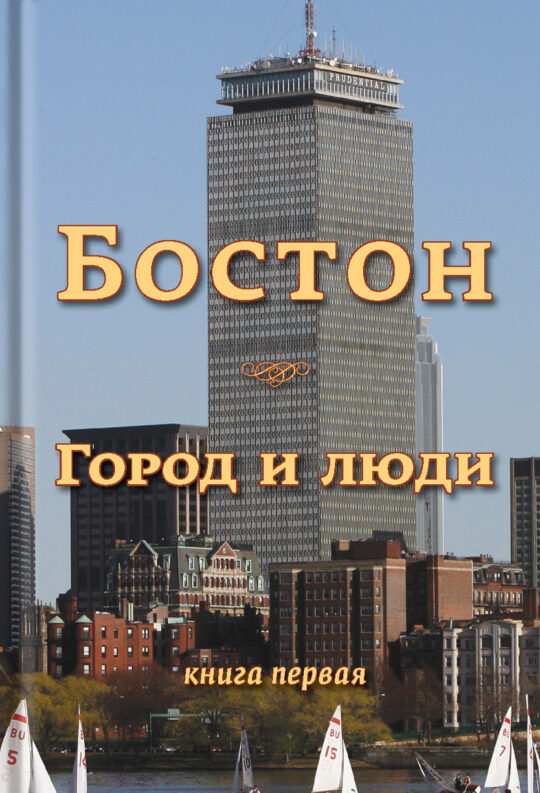
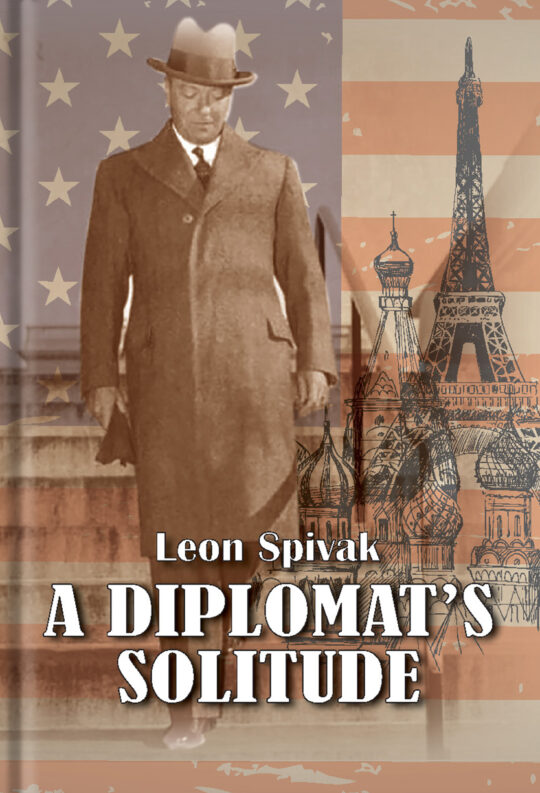
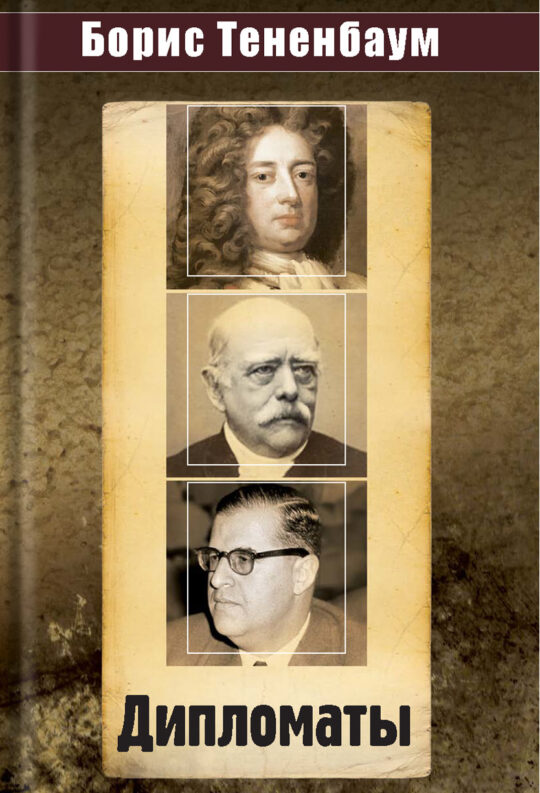
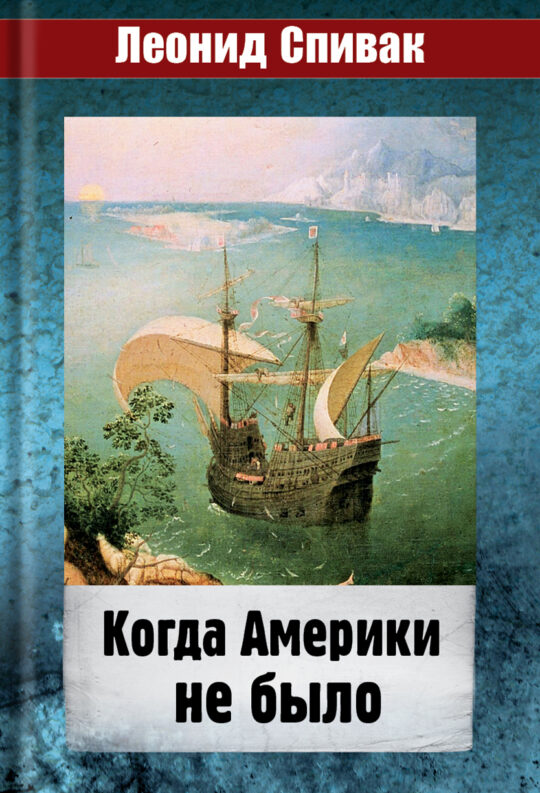
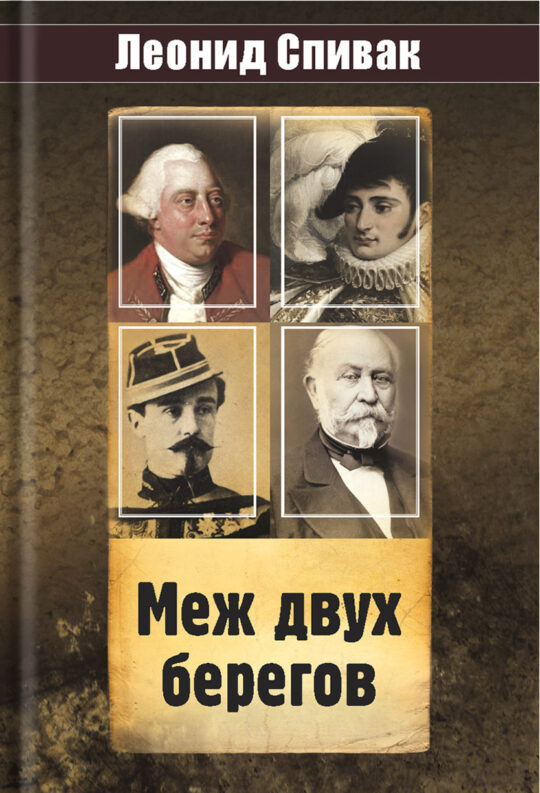
Reviews
There are no reviews yet.